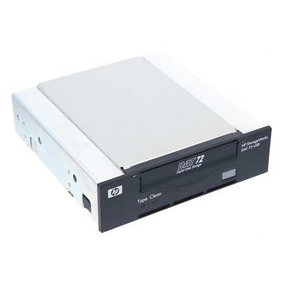

- #Msr605x pdf instructions mac os x#
- #Msr605x pdf instructions install#
- #Msr605x pdf instructions driver#
User manual instruction guide for Magnetic card reader writer MSR606 Shenzhen Unique Electronic Int'l Limited.
#Msr605x pdf instructions mac os x#
I made it directly downloadable from Mac OSX 10.7.3 Setup Making it all work on Mac OS X 10.7.3 can be a bit of a pain to figure out, but I should have most of the difficulties worked out here.

#Msr605x pdf instructions install#
First off, you'll need to install Python 2.6, and the Crypto modules.Next select and download the Mac OSX drivers from HID.
#Msr605x pdf instructions driver#
Initially, the driver version that was available to download was ifdokrfid_mac_10.6_i386-2.4.0.1.pkg, which didn't work with 10.7.3. I had to modify the installer so that it worked for 10.7:Vi ifdokrfid_mac_10.6_i386-2.4.0.1.pkg/Contents/Resources/InstallationCheckIf thenAs it turns out, HID has since released a newer version of the driver that "just works" (ifdokrfid_mac_universal-2.5.0.2.pkg). I did notice some problems with connecting the reader before running pcscd, so keep that in mind.You can just launch pcscd from the command line:If something isn't working, you can enable debugging and tell it to run in the foreground with:With the driver installed, pcscd running, and the reader connected, you can use RFIDiot to check if the reader was properly detected:RFIDIOt-1.0a user$ python2.6 cardselect.py -LThe Touchatag reader is another commercial off the shelf reader like the Omnikey Cardman 5321. More info can be found here - Card Verification Value (CVV2) - Note the version number. This is a three (MasterCard, Visa, Discover) or four (American Express, called the "CID") code printed on the card to help prevent against fraud. The idea behind it, is it proves possession of the card and is required when the card is not present. On American Express cards, this value is printed on the front, while MasterCard, Visa, and Discover cards have it printed on the back, usually in the signature box.The magnetic stripe on the back of the card is broken up horizontally into three "tracks", the tracks often contain duplicate data and most times track 3 doesn't really contain any data.ISO/IEC 7813 Defines the attributes of this data, and these sites describe the data available on each track in detail:To read the data, you'll need a magstripe reader that will support reading all three tracks. Most magstripe readers emulate a HID (human input device), so its surprisingly easy to read from them - just open a text capturing program and swipe a card.The reader I'm using is the MagTek SureSwipe 21040145.So lets see what data we'll get from the magstripe:%B5XXXXXXXXXXXXXX2^ANTONIEWICZ/BRAD^1103101000000001000000003000000? 5XXXXXXXXXXXXXX2=1103101000000300001?So you can see that Track 2 actually contains much data already present in track 1. You'll also notice that there is a difference in the discretionary data between track 1 and 2.But where the heck is that Track 3 data? Well.


 0 kommentar(er)
0 kommentar(er)
